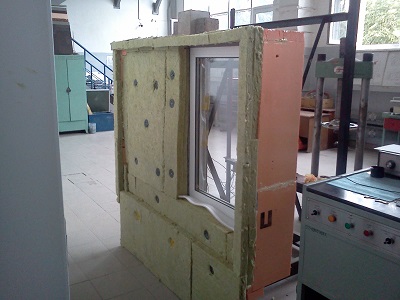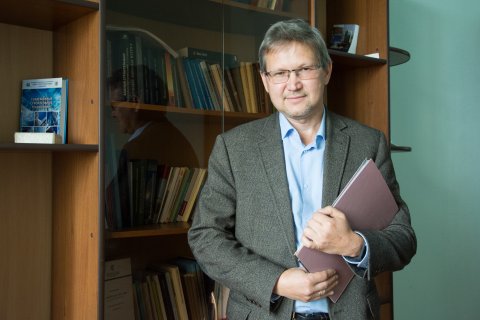Scientists of South Ural State University conducted a study of wall fragments with a window structure and analyzed possible heat loss. As a result, a universal mathematical model was developed that will reduce energy consumption by eliminating additional heat loss, and will, in addition, can be used for energy classification of buildings under construction and operation. The results of the study were published in the highly-rated scientific journal Magazine of Civil Engineering (Scopus, Q1).
The goal of modern construction is to construct reliable and energy-efficient buildings. But, unfortunately, a large amount of heat loss occurs through windows and other “cold bridges” of the building envelope. Following the current trend towards a general reduction in the cost of heating buildings in Russia, new building codes have been issued that tighten requirements for heat-saving parameters of building structures and building materials. However, the use of innovations in the field of construction and energy conservation is not enough when creating an energy-efficient home. Much depends on the quality of execution of advanced design solutions. Scientists of the Department of Civil Engineering and Construction Theory of the Architectural and Civil Engineering Institute of SUSU conducted field studies, computer simulations, and laboratory tests to analyze heat losses, taking into account the structural features and manufacturing defects of the window device, which affect the final energy efficiency class of the building.
.jpg)

“Our task was to examine how the properties of window structures and junctions affect the change in heat flux and temperature fields. A mathematical model was designed in the software that takes into account how various defects affect the energy efficiency of the window and the building as a whole. To confirm the adequacy of the computer calculation, the most typical defects were simulated in the laboratory,” says one of the project’s authors Albert Bayburin, Doctor of Technical Sciences, professor of the Department of Construction Production and Theory of Structures of SUSU.
Energy efficiency class is an indicator that assesses how efficiently a building consumes thermal and electric energy during operation. The higher the energy efficiency class, the fewer tenants will pay for heat and electricity.
The most typical defects were modeled in the laboratory. The tests were carried out in a certified research laboratory of the Department "Construction Production and Theory of Structures" of the SUSU Institute of Architecture and Civil Engineering. The conditions of the stationary heat flux were established using the KHTV-24.0 climatic chamber (climatic chamber of cold, heat and moisture) manufactured by NPO Specclimate LLC. This equipment allows to provide highly accurate experiments.
“The experiment was conducted under temperature conditions corresponding to the Chelyabinsk region. The temperature in the laboratory was 21 ° C, and in the climate chamber minus 34 ° C. During the experiment, heat losses were analyzed, which depend on a number of design features of the window frame, such as the geometric, thermal and physical properties of walls, windows, lintels, and joints ” explains Albert Bayburin.
Having received the results of a laboratory experiment, SUSU scientists developed a computer model and evaluated the consistency of the results. This allowed us to develop a universal mathematical model that allows you to quickly evaluate heat loss through the window structure at construction sites without complex thermal tests and can be used for construction control and energy classification of buildings.




